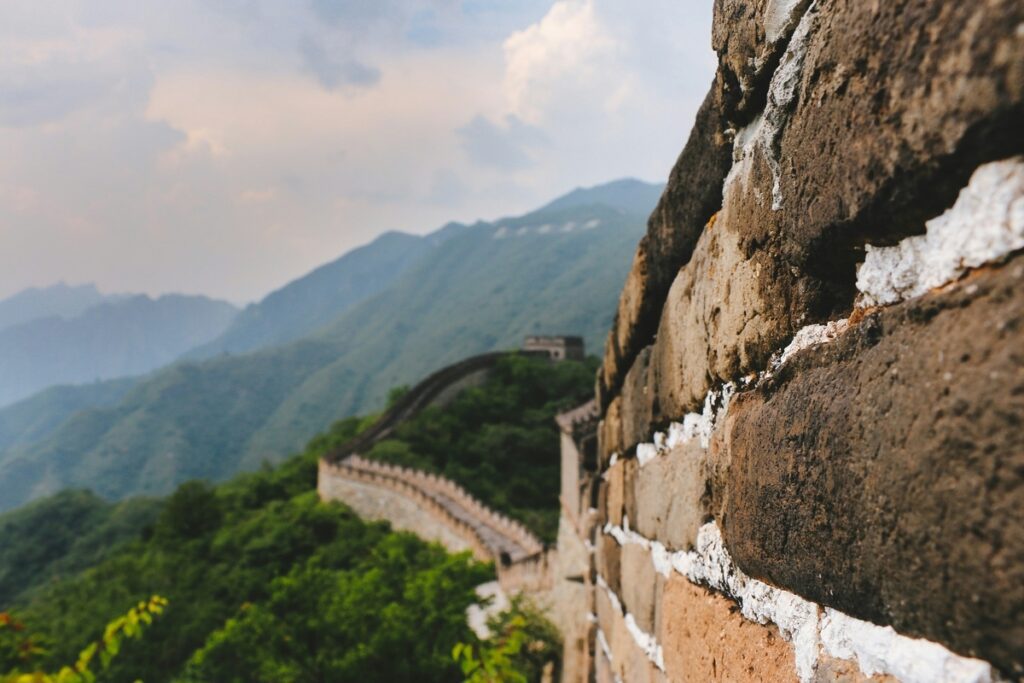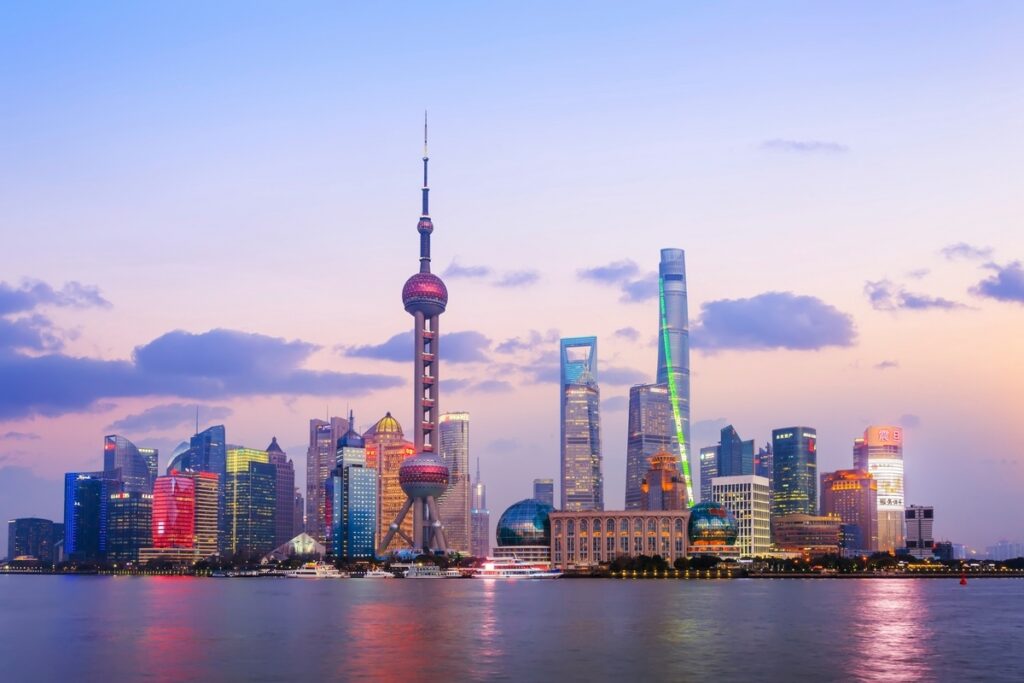For travel enthusiasts, today I’d like to share important information regarding photography restrictions at Chinese airports. Recently, there has been significant discussion about strict regulations on taking photos at Chinese airports. What might seem like innocent behavior could potentially lead to unexpected problems, so it’s important to understand these rules thoroughly.
Photography Restrictions at Chinese Airports: What’s the Issue?

In June 2024, it made international news when China’s Ministry of State Security issued a warning against unauthorized photography at airports shared by civilian and military operations. This came after a video of foreign passengers allegedly taking unauthorized photographs at a dual-use airport went viral online and attracted significant attention.
About one-third of China’s operational airports are dual-use (shared civilian and military) airports, primarily located in coastal areas and border regions that are strategically important. Therefore, unauthorized photography of military facilities and equipment is considered a serious threat to national security.
Not All Photography Is Illegal

It’s important to note that not all photography at Chinese airports is immediately considered illegal. The judgment may vary depending on the situation. For example, photography in general airport areas, commemorative photos with family and friends, and photography in areas open to the public are likely to be permitted.
On the other hand, special caution is required when taking photos from windows overlooking runways or aircraft parking areas, near security checkpoints, or in locations where military aircraft or equipment are visible. Photography in these areas may inadvertently violate regulations, so it’s necessary to proceed with caution.
Why Are These Regulations So Strict?
There are several reasons why China takes a strict stance on airport photography. First, from a national security perspective, dual-use airports are also militarily important facilities, and confidential information could be unintentionally leaked. Additionally, as part of counter-terrorism measures, there is a goal to prevent detailed information or photos of airports from falling into the hands of terrorists.
Furthermore, there is a need to protect the technology of the latest military aircraft and equipment, and due to international tensions, China has become particularly sensitive to photography by foreigners.
From a global perspective, China is not alone in prohibiting photography at airports. This tendency is stronger in countries that are in tense relations with neighboring nations, so don’t let your guard down based on what might be acceptable in other countries.

What Travelers Should Be Careful About
As a traveler, it’s important first to check the rules of the airport you’re visiting in advance. Pay close attention to announcements and signs on the aircraft and within the airport, and be sure to follow instructions if you’re asked to close window shades.
Refrain from taking photographs in areas where military elements are clearly visible, and if you want to take pictures, it’s recommended to check with airport staff beforehand. Also, exercise extreme caution when posting photographs on social media, and don’t forget to respect the privacy of other passengers.
What If You Take Photos by Mistake?
If you accidentally photograph a restricted area, it’s important to immediately delete the photos and honestly explain the situation to airport staff, following their instructions. Be careful not to upload the photos to social media or other platforms.
In Conclusion
Photography restrictions at Chinese airports may seem strict at first glance. However, these are measures to protect national security and public safety. As travelers, it’s extremely important to respect local laws and regulations.
That said, not all photography is prohibited. By using common sense, following the rules, and obtaining permission when necessary, it’s still possible to take memorable photos. Enjoy the wonderful culture and scenery of China while balancing the enjoyment and safety of your trip. Use the information in this article as a reference for a safe and enjoyable trip to China!

![You Can’t Leave Xinjiang Uyghur Without Trying Dapanji (Big Plate Chicken) – A Local Restaurant Taste Test Report [Xinjiang Silk Road Journey]](https://en.kosupatravel.com/wp-content/uploads/2024/12/20240324124044.jpg)



![[Hourly Stays Available] Best Place for a Nap During a Shanghai Layover: Shanghai Dazhong Airport Hotel Review – Ultimate Convenience!](https://en.kosupatravel.com/wp-content/uploads/2025/04/20240818080110.jpg)